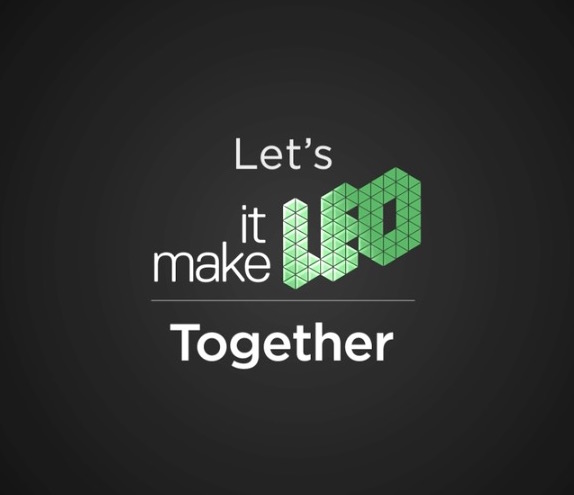
There’s a peculiar startup offering a secure method of handling 3D design files called, “Make it LEO”.
“LEO” stands for “Limited Edition Object”, and Make it LEO enables you to produce LEO files that contain the 3D design. But they also contain information about how it can be used. They explain:
In a LEO (Limited Edition Object) file you can specify the technologies, materials, colors, and providers that are compatible with your high quality design to make sure it is 3D printed as you designed it. The LEO can be 3D printed only once (unless you allow multiple copies).
This seems that it could be attractive to designers, who are often concerned with two critical matters: unauthorized reuse of a design and improper printing, resulting in a poor quality object that could unfortunately reflect on the original designer.
From the designer side, the system works by subscribing to the Make it LEO service. For this you will pay €10 (USD$11) per month. Once subscribed, you are allowed to create an unlimited number of LEOs.
Now that you’ve created LEOs, you can deploy them on a website for sale.
From the consumer side, you’d purchase a LEO from the provider and this file can be 3D printed by authorized LEO-compatible services only. From what I gather, LEO compatible services currently include Shapeways and i.Materialise, as well as Spark, Autodesk’s 3D print interconnection initiative.
These 3D print services would accept the LEO file and abide by the parameters within: they’d permit using only certain printing parameters, such as size, choice of materials, etc, as well as limiting the number of copies produced as per the LEO instructions.
During printing, a couple of things happen: Make it LEO takes €1 (USD$1.10) per print and also tracks the activity. The designer can later review activity statistics, such as the number of units printed, where they were produced, etc.
You might wonder why you’d want such a service, as you’re simply printing on a 3D print service anyway, where you have zero access to the design file and equipment. In fact, there are a couple of interesting capabilities here.
First, after purchasing the LEO file, you then have a choice: you can send the print work to ANY LEO-compatible service. Otherwise you don’t: if you were to select a 3D model from Shapeways, you MUST print it on Shapeways. Now you can choose. However, at the moment there aren’t a lot of choices for LEO-compatible services.
The second interesting outcome is that the designer can actually limit the number of copies produced. This is critically important because it governs the price of the object, and consequently the income of the designer. It’s simply supply and demand: a hot object with a small number of possible copies would demand a high price. Unlimited copies would not.
Make it LEO is an unusual service that operates between 3D print services. I’m not sure if it will catch on with designers or 3D print services, but it could offer some benefit to both creators and consumers.
Via Make it LEO

